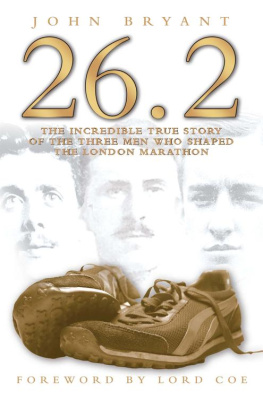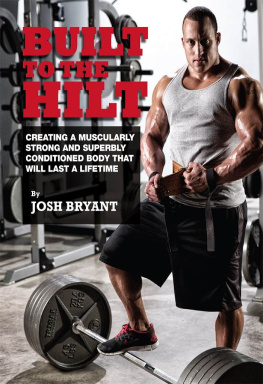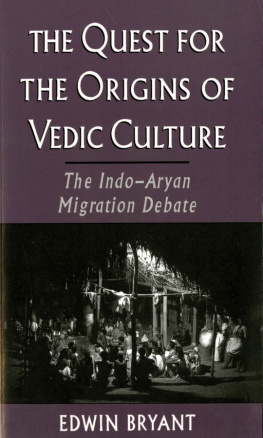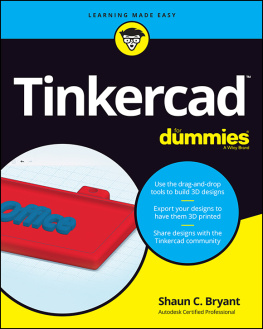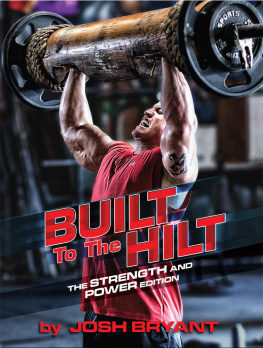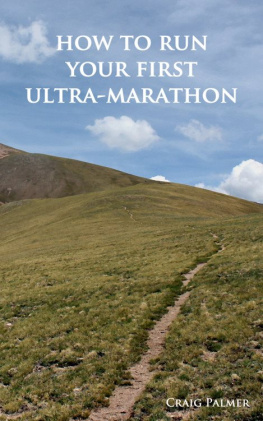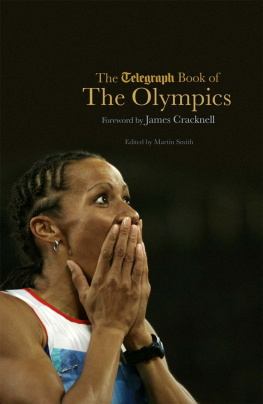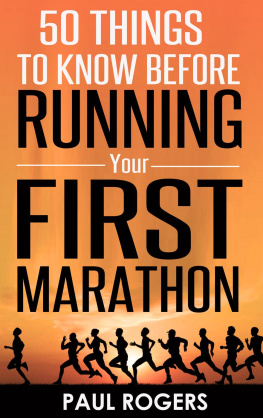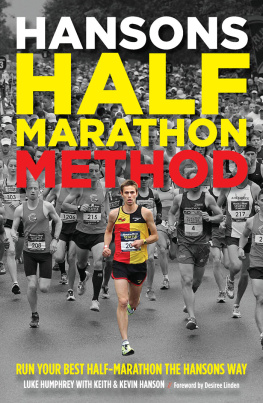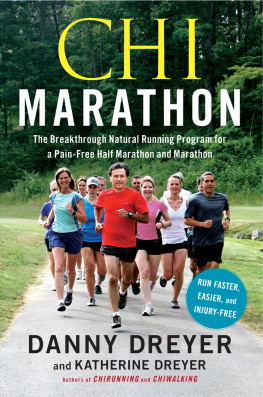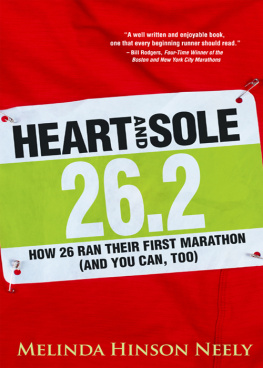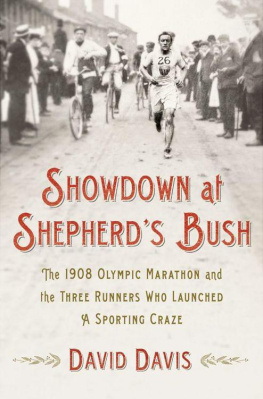Bryant - 26.2
Here you can read online Bryant - 26.2 full text of the book (entire story) in english for free. Download pdf and epub, get meaning, cover and reviews about this ebook. year: 2013, publisher: John Blake Publishing, genre: History. Description of the work, (preface) as well as reviews are available. Best literature library LitArk.com created for fans of good reading and offers a wide selection of genres:
Romance novel
Science fiction
Adventure
Detective
Science
History
Home and family
Prose
Art
Politics
Computer
Non-fiction
Religion
Business
Children
Humor
Choose a favorite category and find really read worthwhile books. Enjoy immersion in the world of imagination, feel the emotions of the characters or learn something new for yourself, make an fascinating discovery.
26.2: summary, description and annotation
We offer to read an annotation, description, summary or preface (depends on what the author of the book "26.2" wrote himself). If you haven't found the necessary information about the book — write in the comments, we will try to find it.
26.2 — read online for free the complete book (whole text) full work
Below is the text of the book, divided by pages. System saving the place of the last page read, allows you to conveniently read the book "26.2" online for free, without having to search again every time where you left off. Put a bookmark, and you can go to the page where you finished reading at any time.
Font size:
Interval:
Bookmark:
For Grace and Tess, and all those who
follow in their footsteps
F rom its mythical military origins in the small Greek town of Marathon approximately 2,500 years ago, the act of running a marathon has become a universal symbol of achievement and inspiration, and organised marathons especially at Olympic Games and in major cities around the world have become a pinnacle of personal achievement recognized and respected in countries and cultures around the world.
While major mass participation marathons are landmark events for athletes of all standards, attracting global TV coverage and international attention for cities hosting them and their participants, the development of the marathon as one of sports greatest attractions remains less well known a situation which is skilfully addressed in this new book by former Fleet Street editor, author and sports enthusiast John Bryant.
In the finest traditions of Chariots of Fire, Bryants book vividly recreates one of the most dramatic days and events in sport the 1908 Olympic Games Marathon in London, an epic contest which, along with the intense rivalries, idealism, controversies and spectacle of the Games shaped the evolution of modern sporting culture.
The book follows the fates of legendary runners Dorando Pietri from Italy and American Johnny Hayes, who took the emerging sport of competitive distance running to the extremes of human endurance, and so helped the marathon distance establish itself for ever in the popular imagination. They, along with the British sprinter Wyndham Halswelle, the embodiment of modern Olympic founder Pierre de Coubertinss vision for sport as central to creating a fair society, helped to establish the unique aura of the Olympic Games as the worlds most important sporting, social and cultural event.
Bryants book is a timely tribute to the early Olympic athletes whose performances captured the imagination of the world and laid the foundations for the Games to flourish, and provides a compelling reminder to all Olympic and Paralympic organisers of the power of the Games to inspire and change lives. This is the central focus of the London 2012 Games, which will build on the bravery, courage and efforts of the athletes and organisers of the 1908 London Olympic Games so well documented in the following pages in ways that will inspire future generations.
Seb Coe
Chairman, London 2012 Games
A book, like a marathon, can never make it to the finish without enormous help and support from an army of enthusiasts.
The friendship and support of Dave Bedford, the race director of the London Marathon, has been invaluable, and his tireless team and relentless pace setting has kept 26.2 on course.
My lifelong running companion, Olympic Marathon runner Donald Macgregor, is an inspiring researcher and he and Stan Greenberg, one of the worlds foremost track and field statisticians, have kept me firmly on track.
From Carpi, Italy, the birthplace of Dorando, my gratitude goes to Ivano Barbolini, the director of the Maratona dItalia Memorial Enzo Ferrari and all his team, both for their research and permission to use their archive of pictures, along with Cristina Corradi, Luciana Nora, Augusto Frasca and Mirco Barbolini.
In the United States the efforts of Wayne Baker proved invaluable. My thanks also go to Walter MacGowan, Elliott Denman, Roger Robinson, Mary Wittenberg, Guy Morse, Gloria Ratti, George Hirsch, Ralph Cohn and Amby Burfoot.
Doug Gillon in Glasgow, Nancy Murphy in Tipperary, Ireland, and Nick Barrett, genealogist, helped me bring both Halswelle and Hayes to life. From the Flora London Marathon team there were invaluable contributions from John Disley, Nick Bitel, Brian Webber, Nicola Okey and many others.
Special thanks to Volker Kluge, a fine Olympic historian; Jan Paterson and Amy Terriere of the British Olympic Association; to Bob Wilcock, for permission to use his archive of 1908 postcards; to my agent Mark Lucas; Peter Lovesey, Steve Torrington, Dave Terry, Neil Allen, William Cockerel, Judith von Bradsky and Helen Elliott. And, of course, to Lamine Diack of the IAAF and Seb Coe for their generous words of endorsement.
I would like to express thanks for permission to quote from many newspapers. In Britain, The Times, the Daily Mail, the Windsor Express, the Daily Telegraph, the Pall Mall Gazette and The Sportsman proved invaluable. In the United States the New York Times, the Boston Herald, the San Francisco Chronicle and many others gave life and colour to the athletes of a century ago.
I am most grateful to all those fellow journalists and their newspapers who originally reported such vivid and compelling accounts of the races.
Thanks, too, to the skill and encouragement of John Blake and his team and my editor at John Blake Publishing, Clive Hebard.
Above all, for patience in the face of an obsession with running and writing that brought 26.2 to the finish line. Thanks to my wife Carol and my sons, Matthew and William.
I t is with the greatest of pleasure that I write these few words of introduction to this wonderful narrative of the first Marathon run over what has now become the standard distance of 42,195 metres the metric equivalent of the imperial 26 miles and 385 yards which was established one hundred years ago at the 1908 London Olympics. That race also produced the legendary runs of Dorando Pietri and Johnny Hayes and added two more heroes to the annals of our sport.
The story of the Marathon Race is emblematic. Today, just the mention of the word Marathon evokes visions of thousands of runners competing in the big city marathons around the world. The Marathon has become one of the most visible manifestations of the sport of athletics and it is, along with road races run over lesser distances, the greatest participation sport in the world.
For millions of runners around the world this distance has also become magical, the symbol of personal challenge and a sign of individual achievement. Running the Marathon in the company of thousands of other runners, be they elite athletes or fun runners, is now a social phenomenon that is also a wonderful expression of athleticism. Over the years, it has also grown into a major source of funds for a huge range of charitable causes. The Marathon race has become a symbol of peace, of charity and of positive social change, providing the stimulus for hundreds of thousands of people to adopt a healthier lifestyle while creating a sense of community for runners around the world at all levels, irrespective of age or ethnicity, social class or ideologies. This is the same ethos that the whole sport of athletics embraces and which is a fundamental principle of the International Association of Athletics Federations.
The IAAF is extremely appreciative of this development and in 2007 created a dedicated Commission to examine ways in which we, as the world governing body of athletics and all areas of road running, can increase our participation in and support of this most dynamic branch of our sport, a sport that owes much of its success to the dedication and commitment of individual race organisers and the vision of the directors of the city marathons.
From the recognition of world records for road races to the introduction of the IAAF Road Race Label, endorsing the worlds leading road races, and our ongoing work with AIMS (the Association of International Marathons and Distance Races) on the standardisation of the best measurement practices for road races, we will continue to give all our support to the future growth of road running around the world.
Lamine Diack
IAAF President
Font size:
Interval:
Bookmark:
Similar books «26.2»
Look at similar books to 26.2. We have selected literature similar in name and meaning in the hope of providing readers with more options to find new, interesting, not yet read works.
Discussion, reviews of the book 26.2 and just readers' own opinions. Leave your comments, write what you think about the work, its meaning or the main characters. Specify what exactly you liked and what you didn't like, and why you think so.

